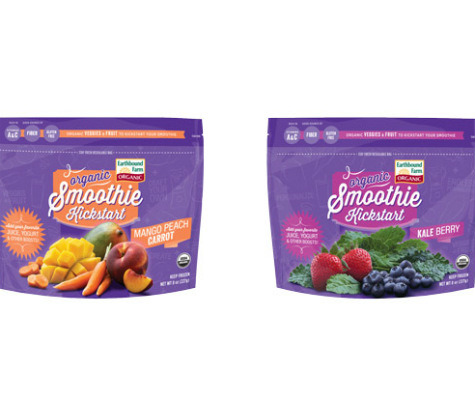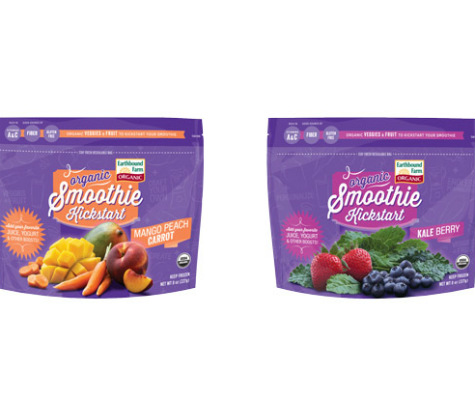Smoothies, Shakes, And Juices: Drinking Healthy 101
Unless you've been living inside of a Burger King, you've heard about the benefits of juicing and drinking shakes and smoothies. It's about time to graduate from Drinking Healthy 101 and, with our help, become a bit of an expert. The difference between shakes, juices, and smoothies is varying to some degree, having mostly to do with ingredients and methods used for preparation.
Drinking Healthy 101: Smoothies, Shakes, and Blender Juices (Slideshow)
Shakes and Smoothies
Shakes and smoothies are very similar. Their difference has nothing to do with the thickness, rather the ingredients used. Smoothies are a fruit dance party in your mouth. They're filled with frozen fruits, fresh fruits and fruit juices, but don't contain any milk or yogurt. They incorporate a supplement that is mixed with water (enter hand shakers) to add a nutritional component to their diet. Shakes, on the other hand, usually contain milk, yogurt, ice cream, et cetera. (Pretty easy to remember since 'shakes' is derived from 'milkshakes'.) That's it!
Now, if you want your fruity goodness as a drink, pull back on the frozen ingredients and just use fruit and greens like spinach. If you're looking to make a treat with a thicker consistency, add more of the frozen kinds of fruits and ice. Adding protein into any smoothie makes it an instant meal that should sustain you for a few hours.
Juicing
Smoothies offer fiber, while juices offer quicker absorbable nutrients with no fiber to hinder absorption. Using a blender for shakes keeps the fibrous materials intact, meaning that you are not pulling the juice out of the pulp, but rather blending the pulp along with it. Juicing separates the juice from the skin to retain nutrients, vitamins and enzymes. In this way, blending is very different from juicing. Consider this when making a shake versus making a juice. The benefits of juicing go beyond what it does for your body. Studies show that juicing fruits and vegetables can help improve skin tone and affect carotenoid levels. Carotenoids can prevent age-related diseases like heart disease and cancer. If you haven't seen the film Fat, Sick and Nearly Dead, you probably should. There are two different types of juicers you can use: centrifugal or a masticating.
Centrifugal vs. Masticating Juicers
Centrifugal juicers are found in the common kitchen because generally, they're more affordable. Standing upright, these juicers' shred food into a pulp and pull juice out of the pulp through a filter. They work well with fruits and vegetables, but not really with leafy greens (which is where the most nutrients come from!) Enter: masticating juicers. These bad boys sit horizontally and utilize an auger to crush and squeeze juice out of fruits, vegetables, and leafy greens. Since these juicers crush slower and squeeze harder, leafy greens and even wheatgrass can all be juiced through them. While you all juices are best consumed right away, any juice produced through a masticating juicer can last longer than that of a centrifugal.
Our list will introduce you to several great smoothies, juices, and shakes that can help get you on a healthier track in a heartbeat.
Earthbound Farm
This company recently launched Smoothie Kickstarts, which provide the perfect proportions of organic fruits and veggies to make smoothies and shakes — just add juice, yogurt, or milk.
Green Star Elite by Tribest
This claims to be only juicer on the market that mirrors what our body does naturally to protect the most delicate of vital nutrients and extract maximum nutrition. Its technology helps the juice last up to 72 hours in the fridge.
Read more about Drinking Healthy 101: Smoothies, Shakes, and Blender Juices
Thank you to Alivia Jane for her expert opinion.
Full-time publicist, part-time writer, and round-the-clock ambassador to wit and humor, Zlata is a Jersey Girl home cook who relies on taste bud science for her mostly simple, sometimes healthy, always delicious recipes. Follow her on Twitter @zlatathoughts

